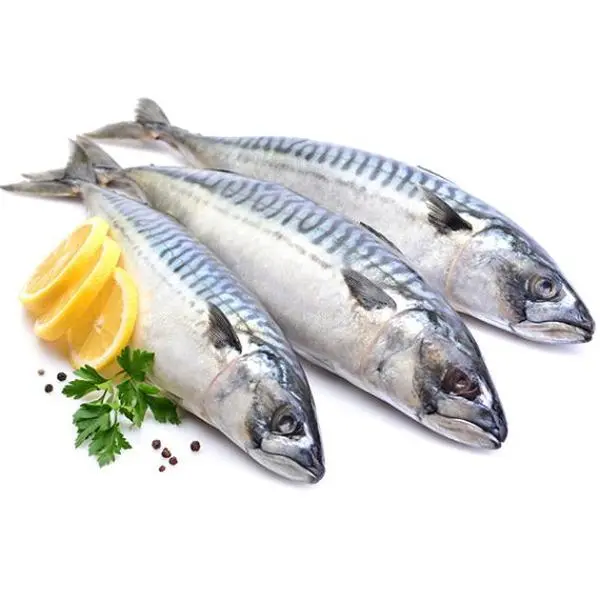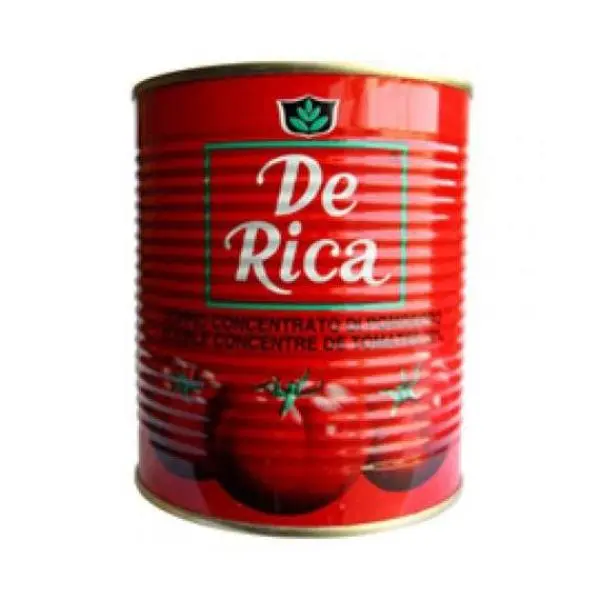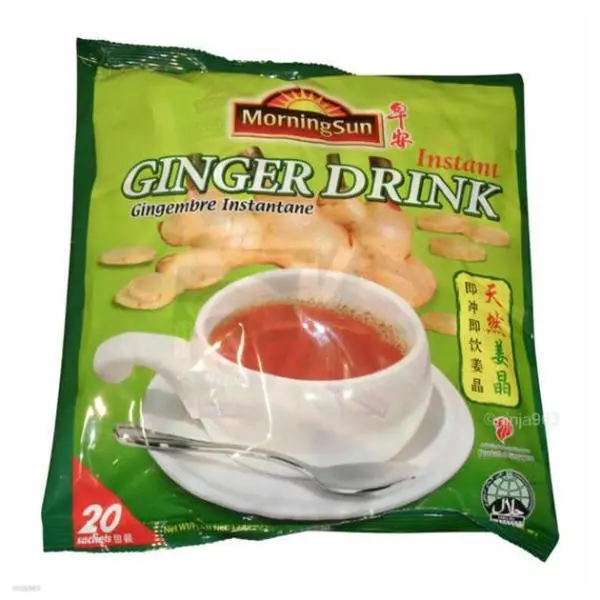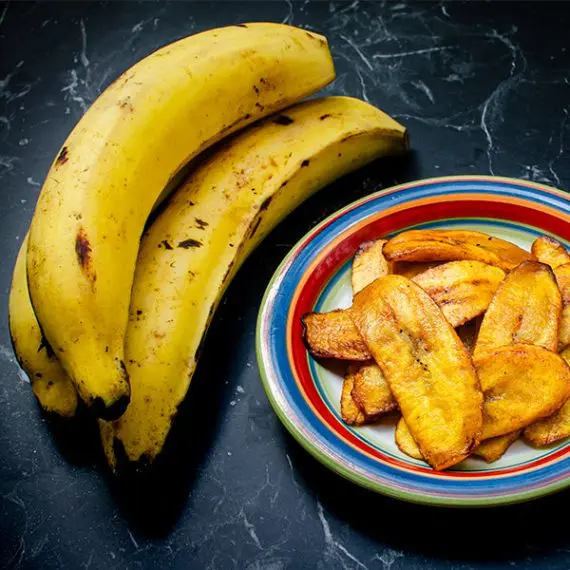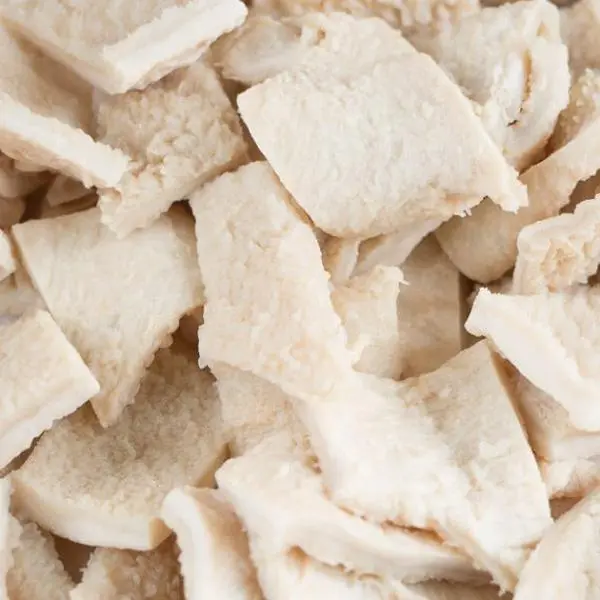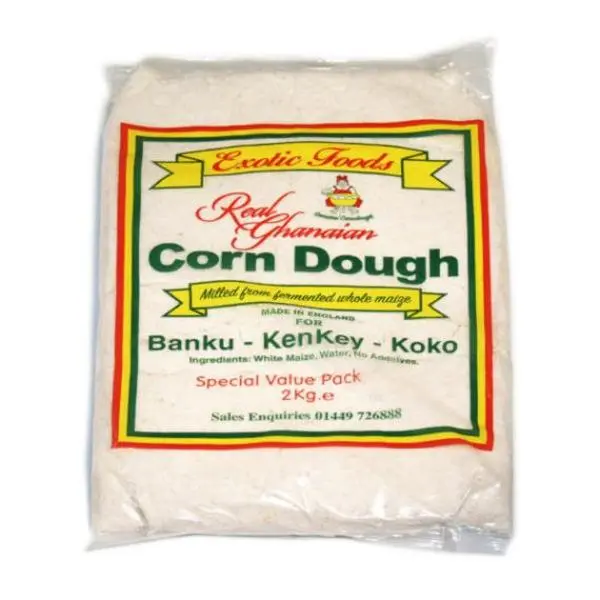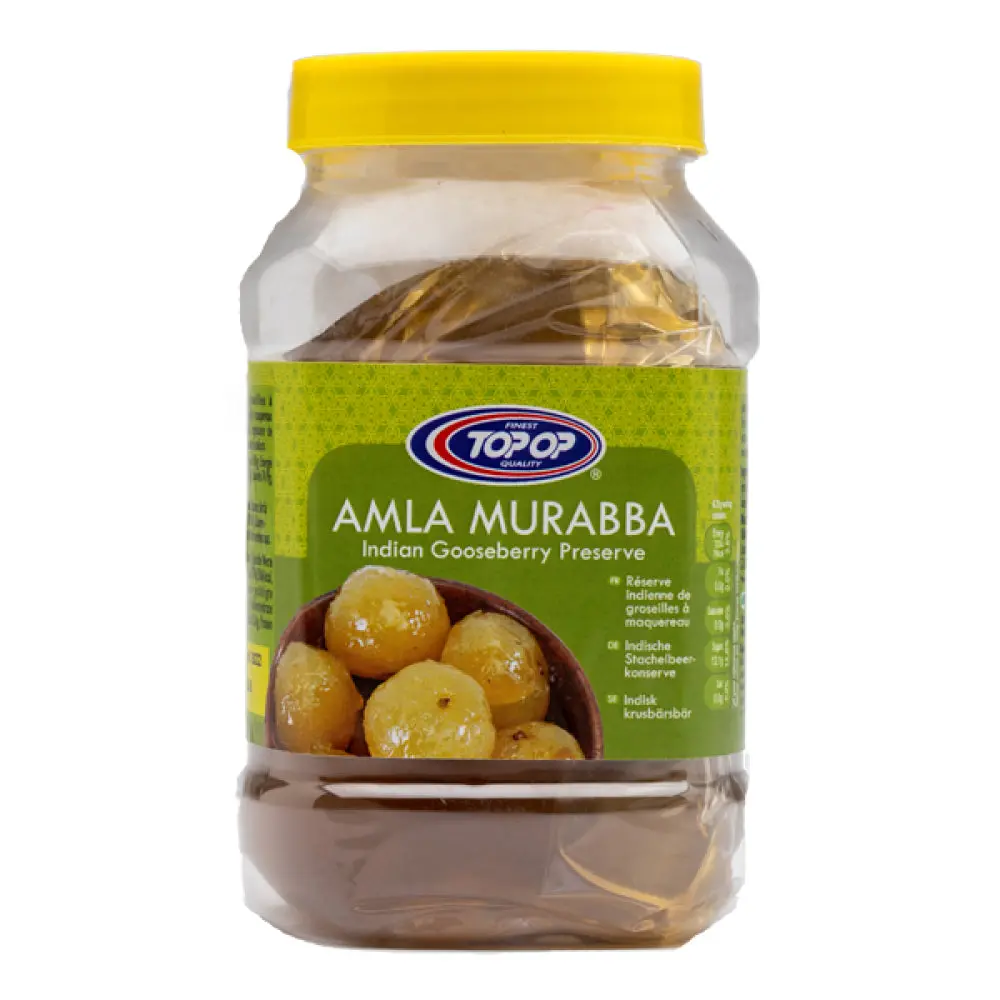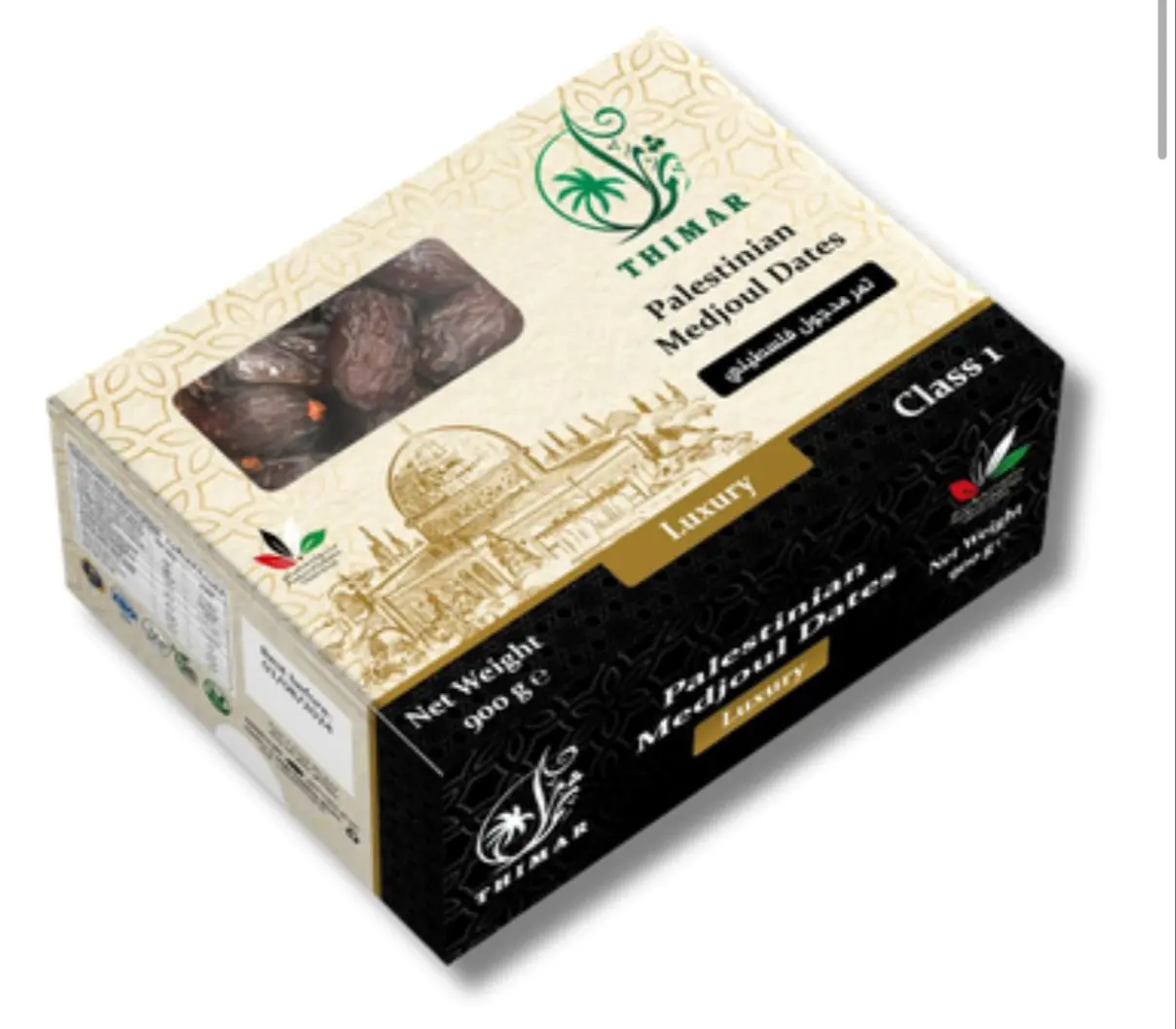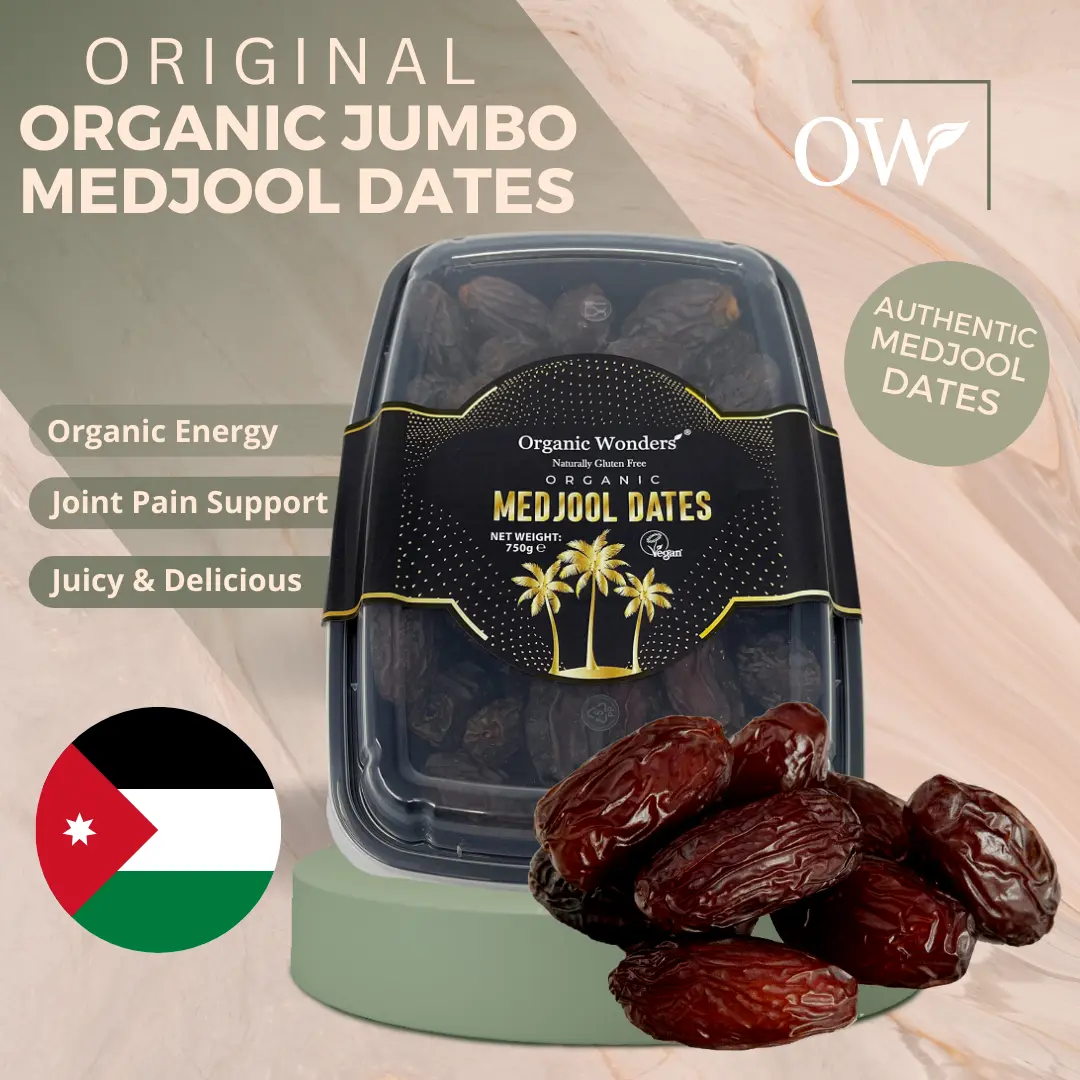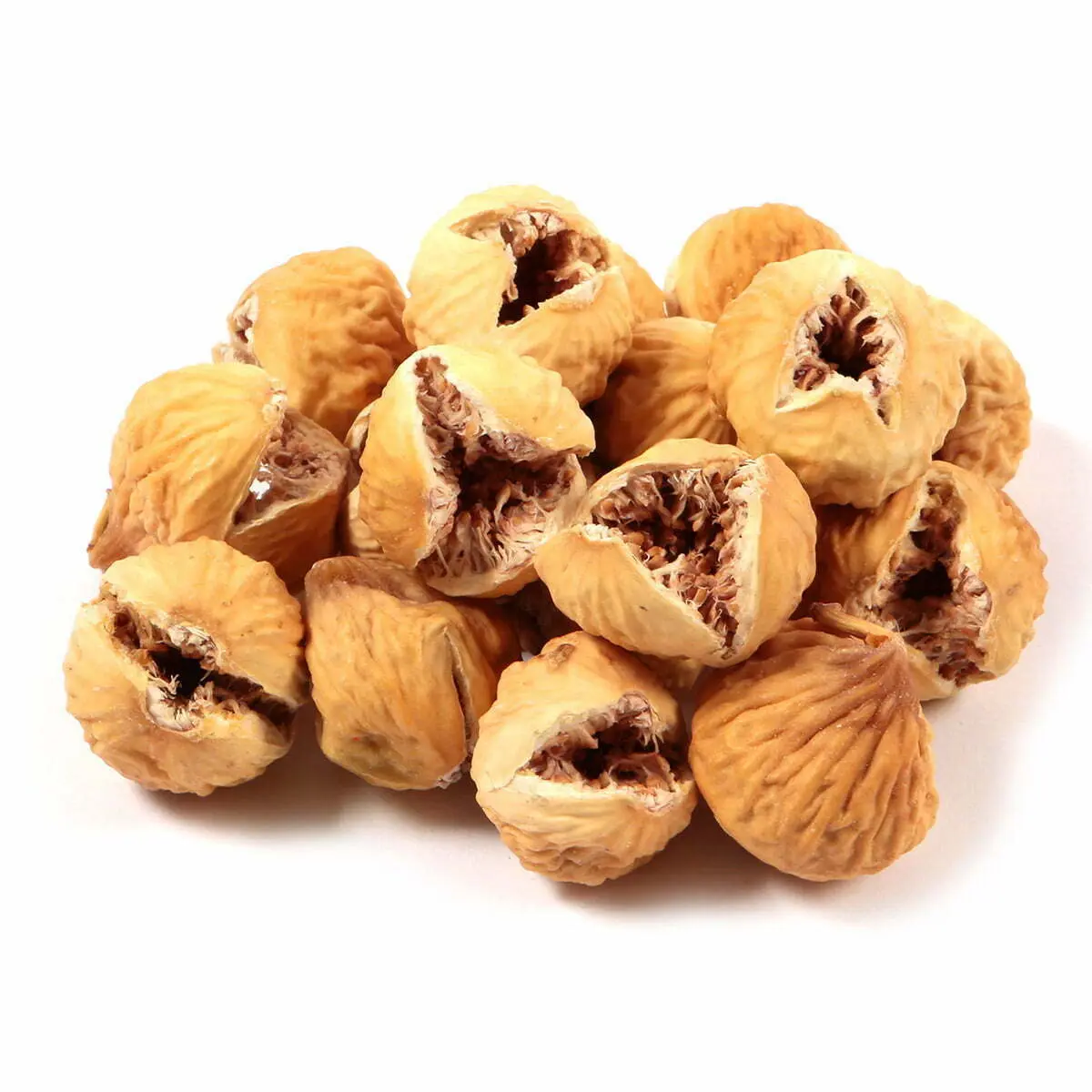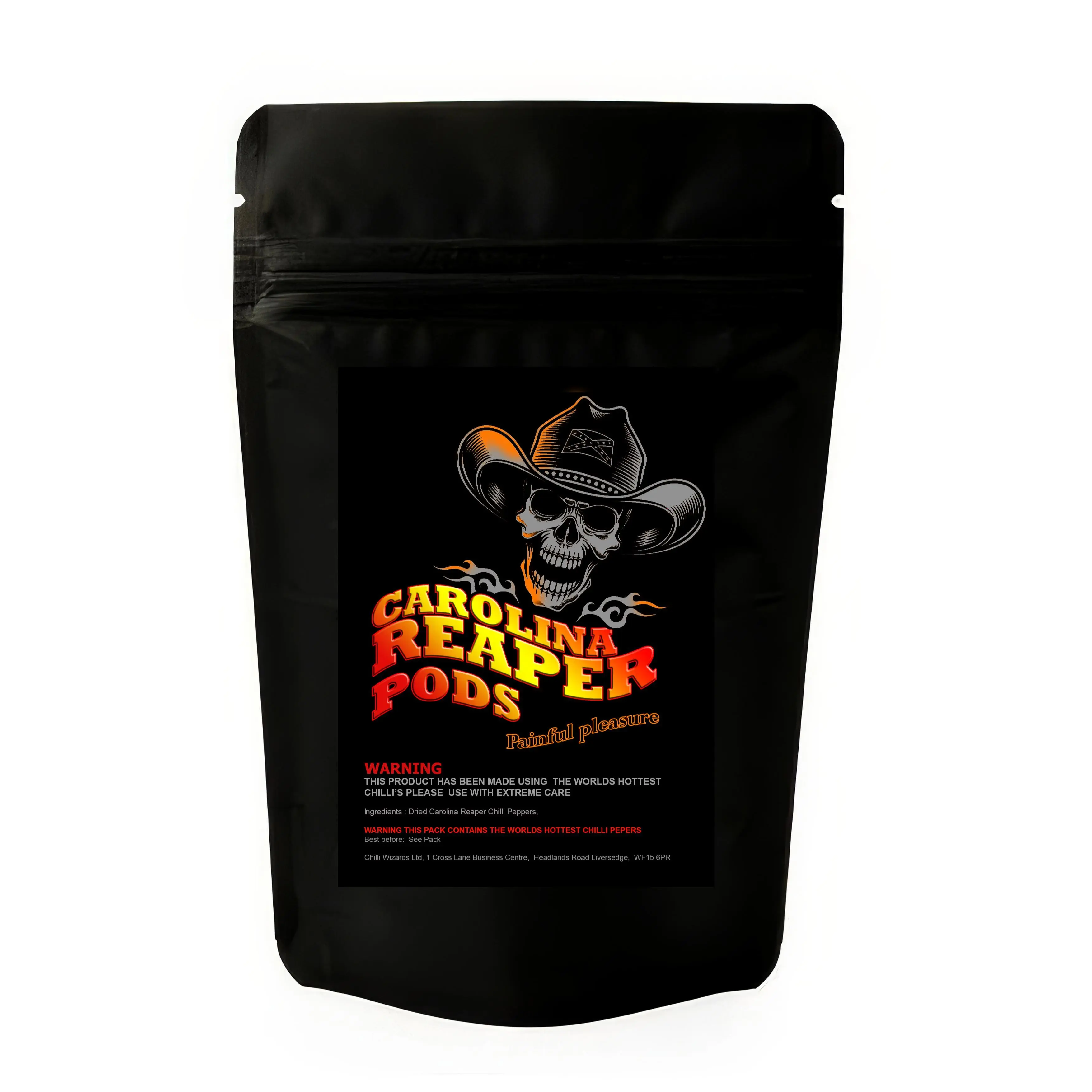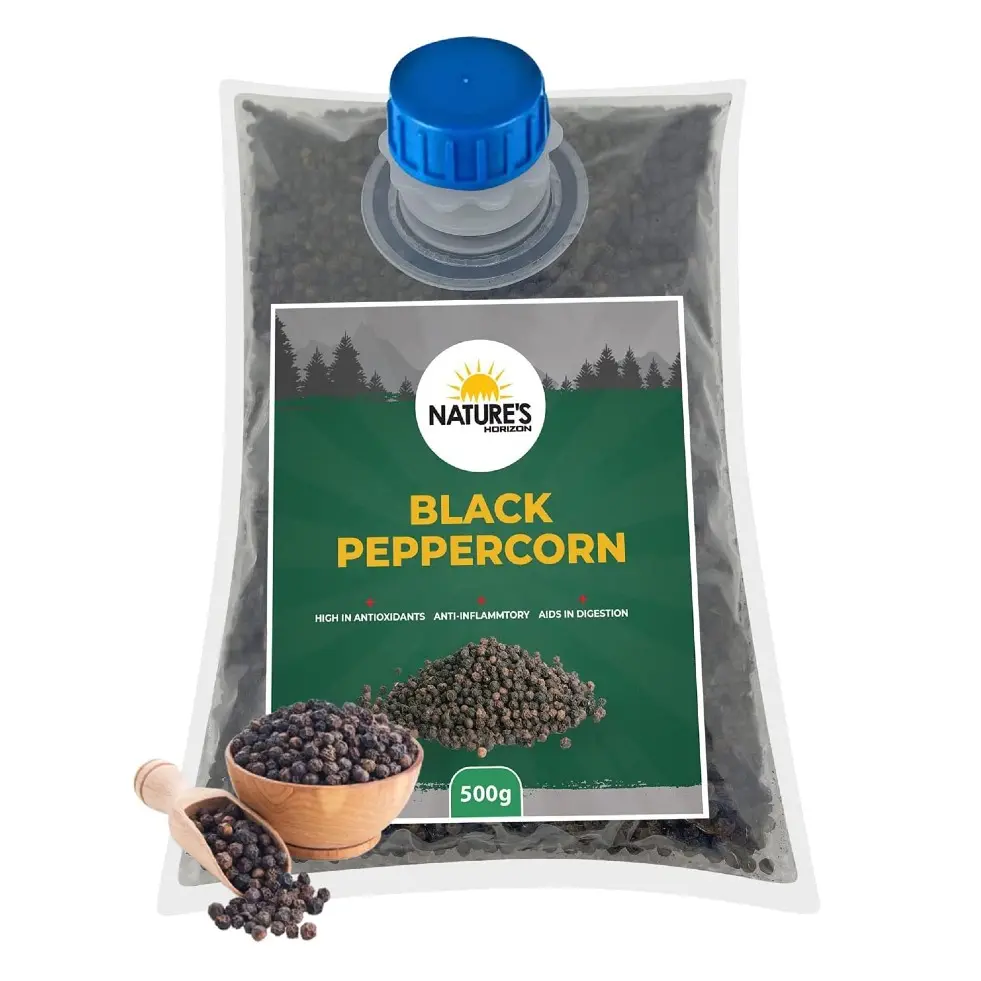Search
1/1
£4.99
Stockfish Steak
Sold by AdamAfrofoods
5(1)
4 sold
Select options
100g
Shipping
£6.99
Customer reviews (1)
L**2
Item: 100g
Great taste, will definitely be buy from this seller again, fast shipping.
21 March 2025
For more info on customer reviews, read ourTikTok Shop UK/EU Customer Review Policy.

AdamAfrofoods
585 items
Shop performance
Better than 80% of other shops
4+ star rating
93%
Product description
Golden Tropical
Stockfish is a type of dried and preserved fish, commonly made from various fish species, such as cod, haddock, or tusk, and often used in several culinary traditions, particularly in West Africa, Scandinavia, and Italy.
Key Features of Stockfish:
•Preservation Process: Stockfish is traditionally made by drying fresh fish, typically without salting. The drying process usually occurs outdoors, relying on air and sun, and can take several weeks.
•Appearance: Stockfish retains a hard and stiff texture after drying, with a pale color and firmness. The fish’s form, which includes the head and sometimes the bones, is preserved during the drying process.
•Culinary Use: Stockfish is utilized in various recipes, particularly in soups, stews, and traditional dishes. It adds a rich and distinctive flavor to the prepared meals, contributing to their taste and character.
•Flavor Enhancement: When cooked, stockfish releases a strong and savory taste, enhancing the overall flavor of the dish. It provides depth and richness to soups and stews.
•Nutritional Value: Stockfish, although dried, retains significant nutritional value. It’s a good source of protein, vitamins, and minerals despite the preservation process.
Explore more from AdamAfrofoods
More from category
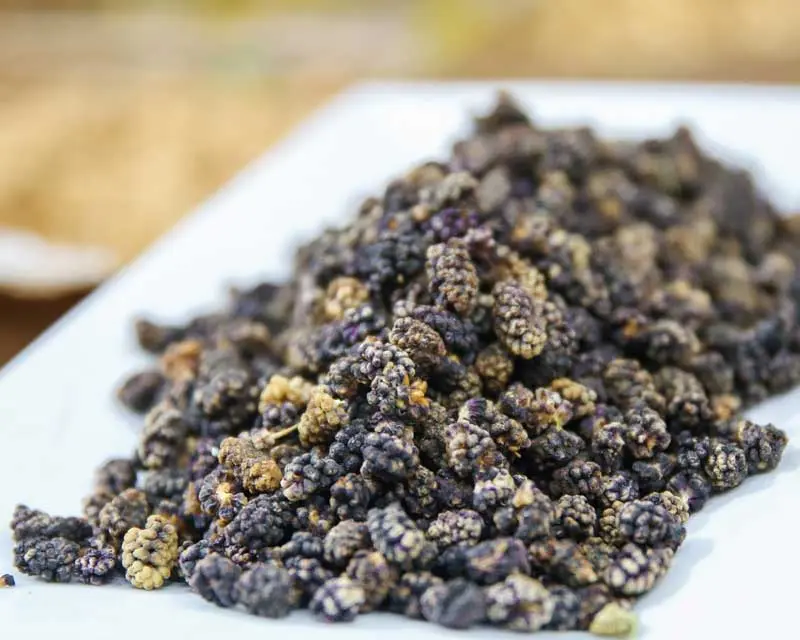
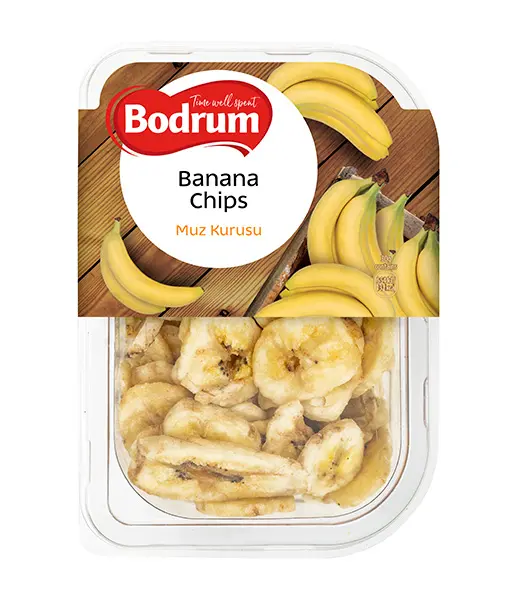
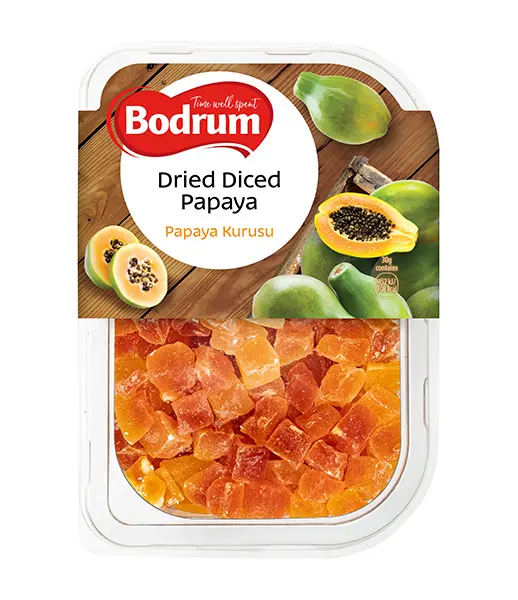
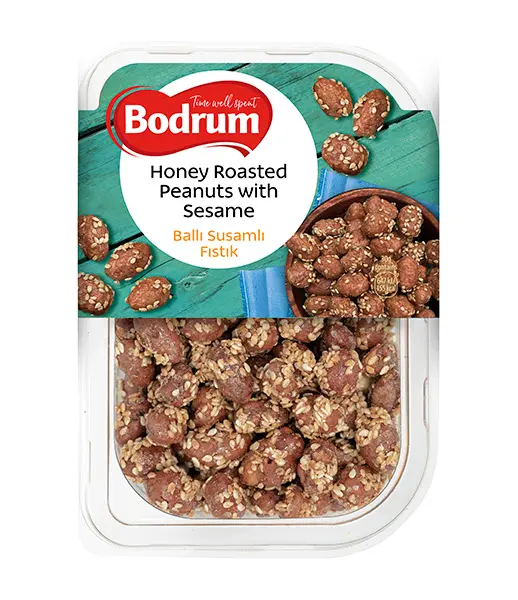
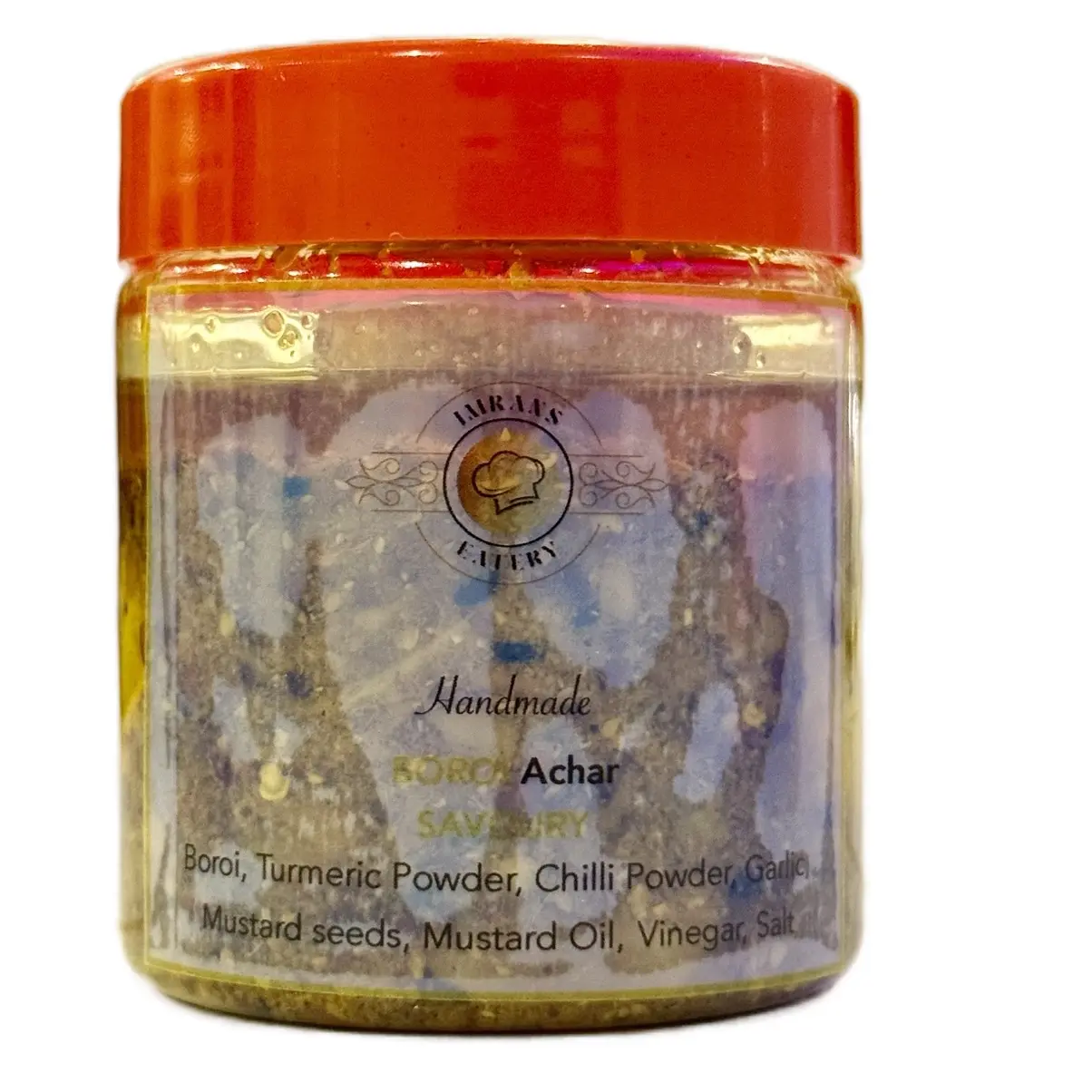
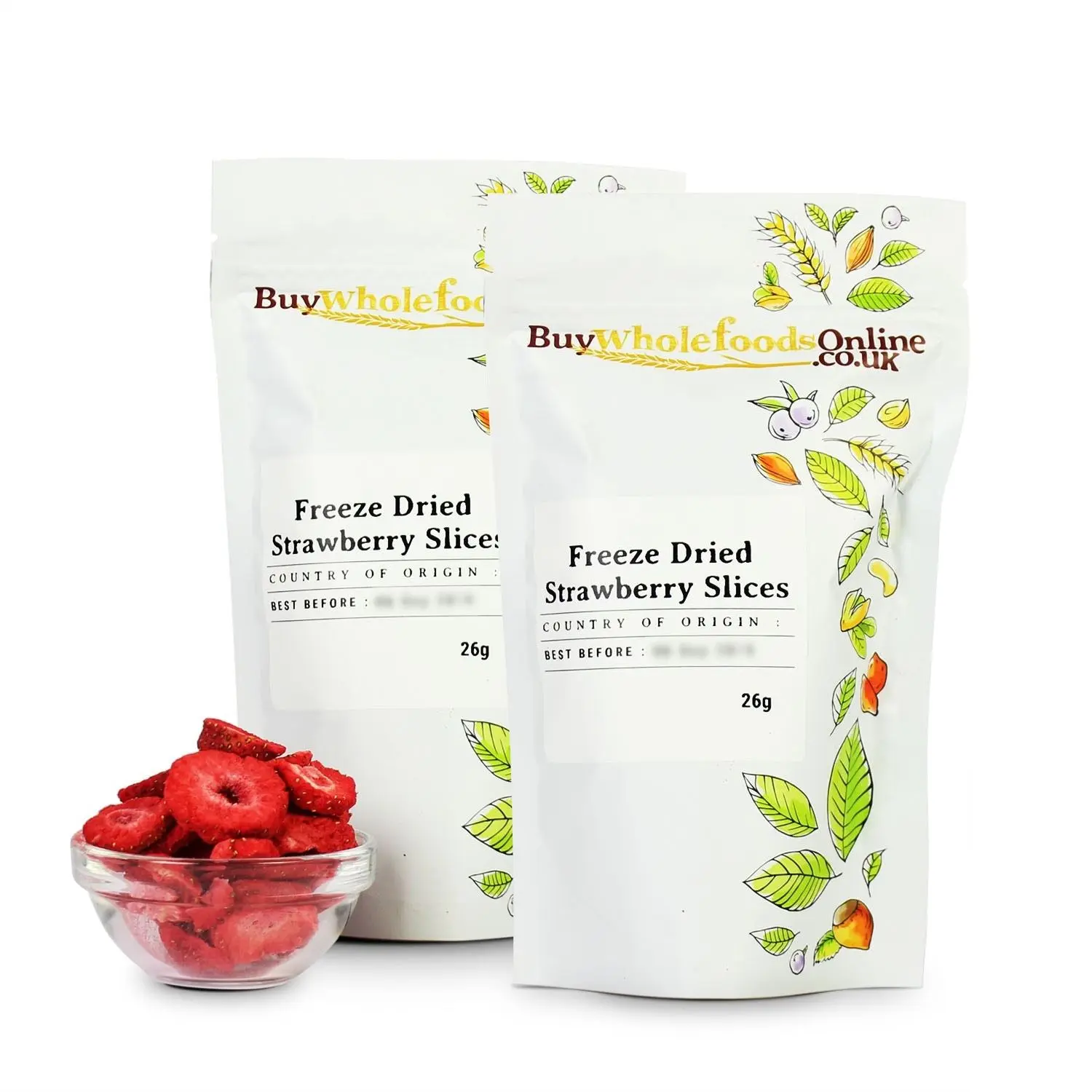
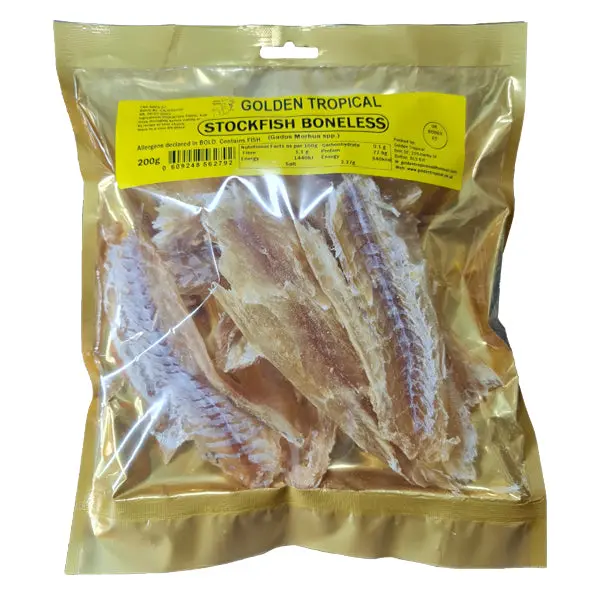
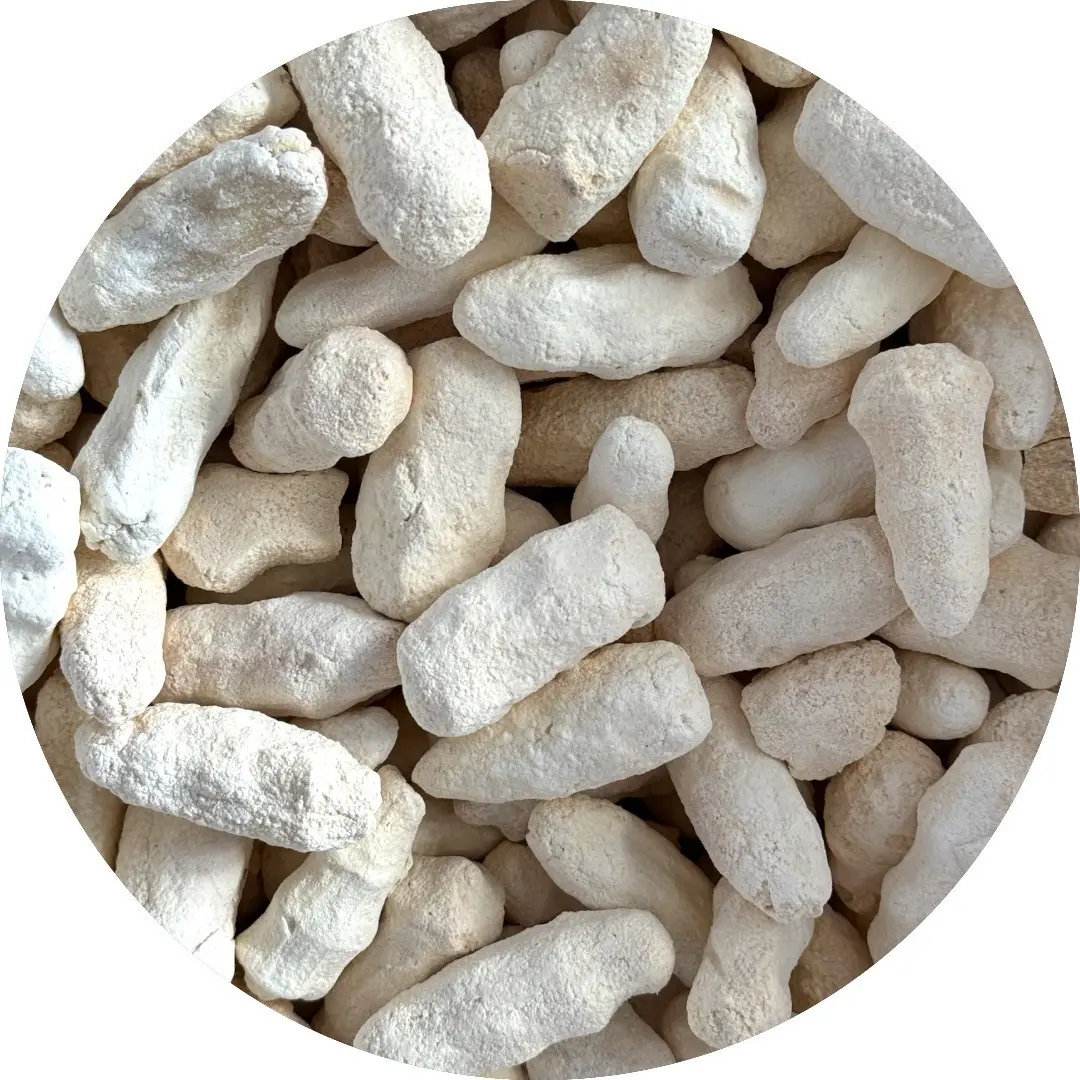
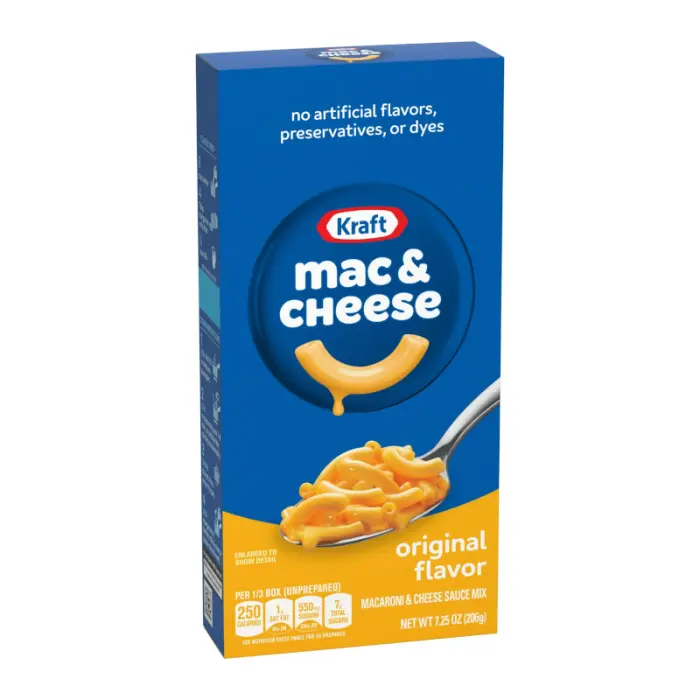
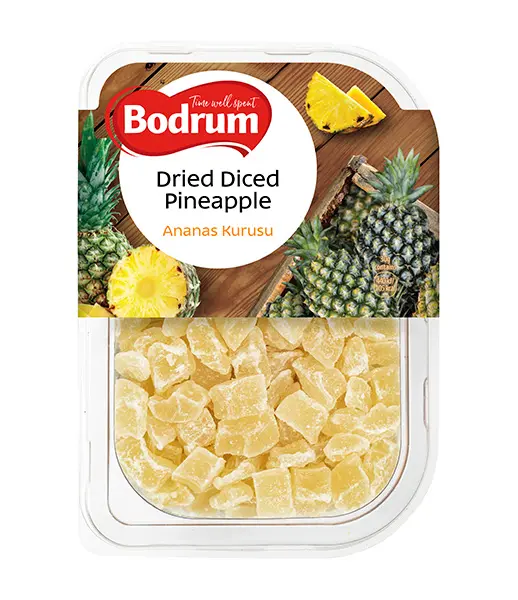
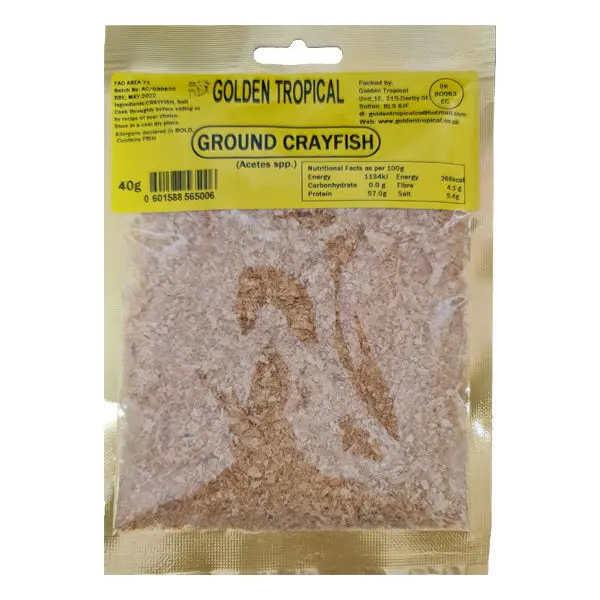
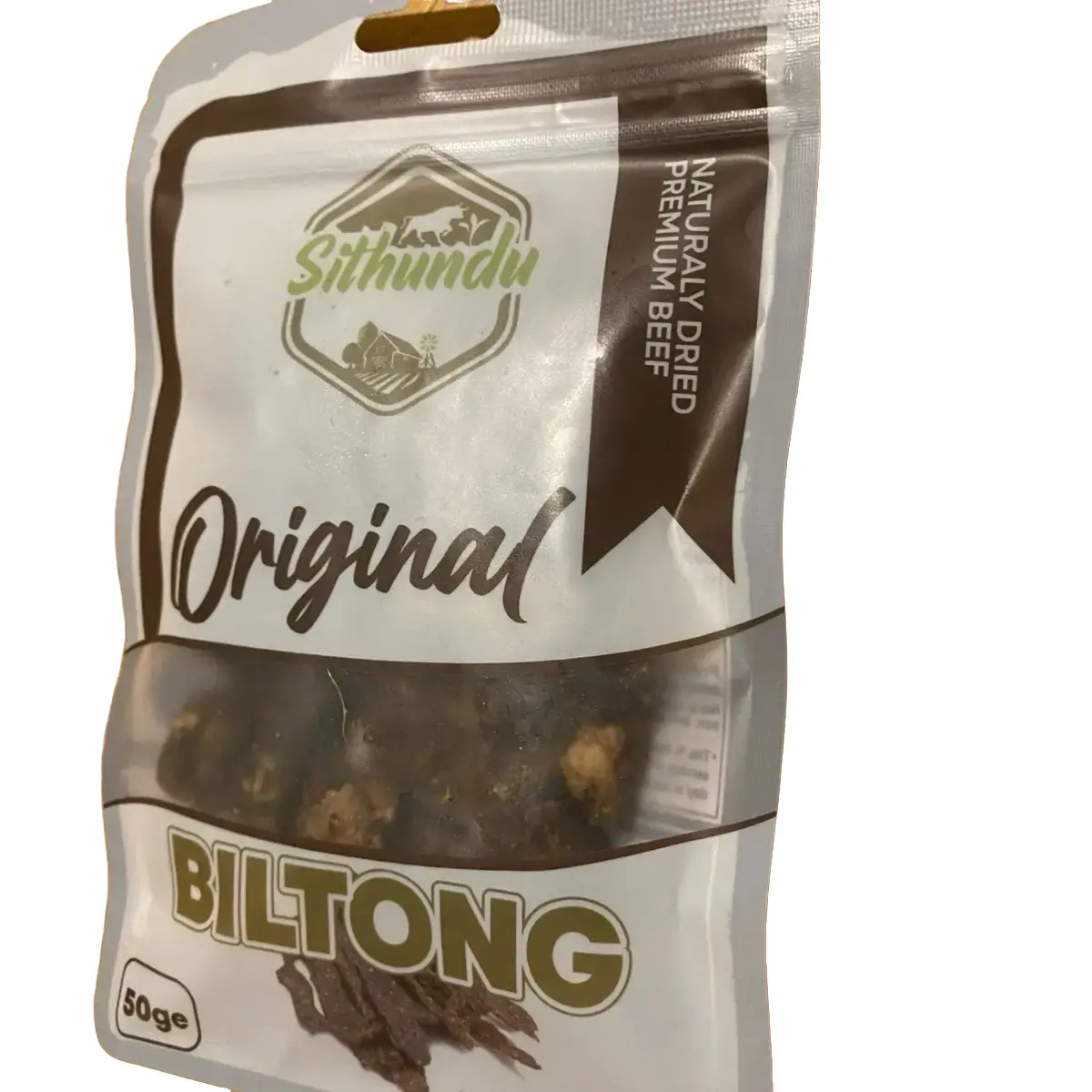
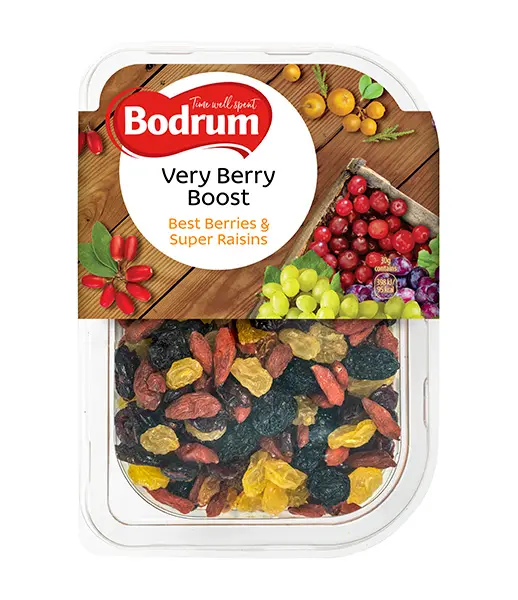
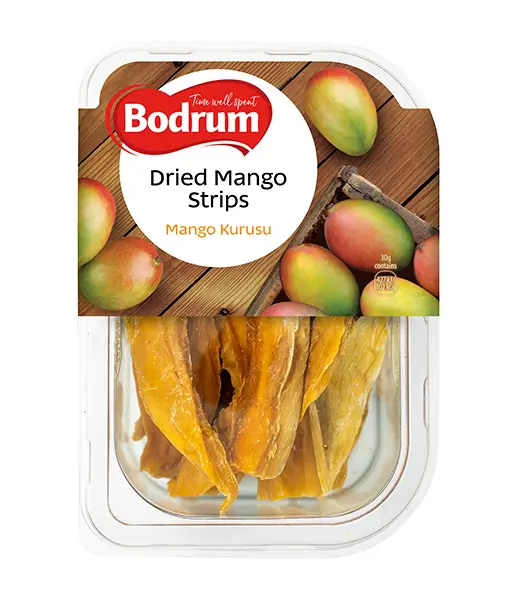
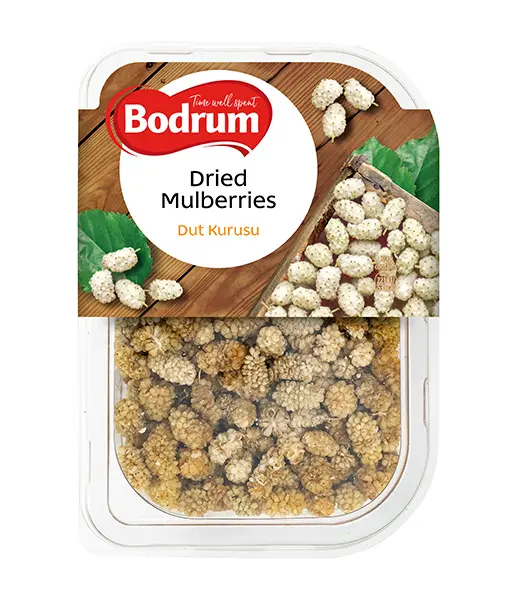
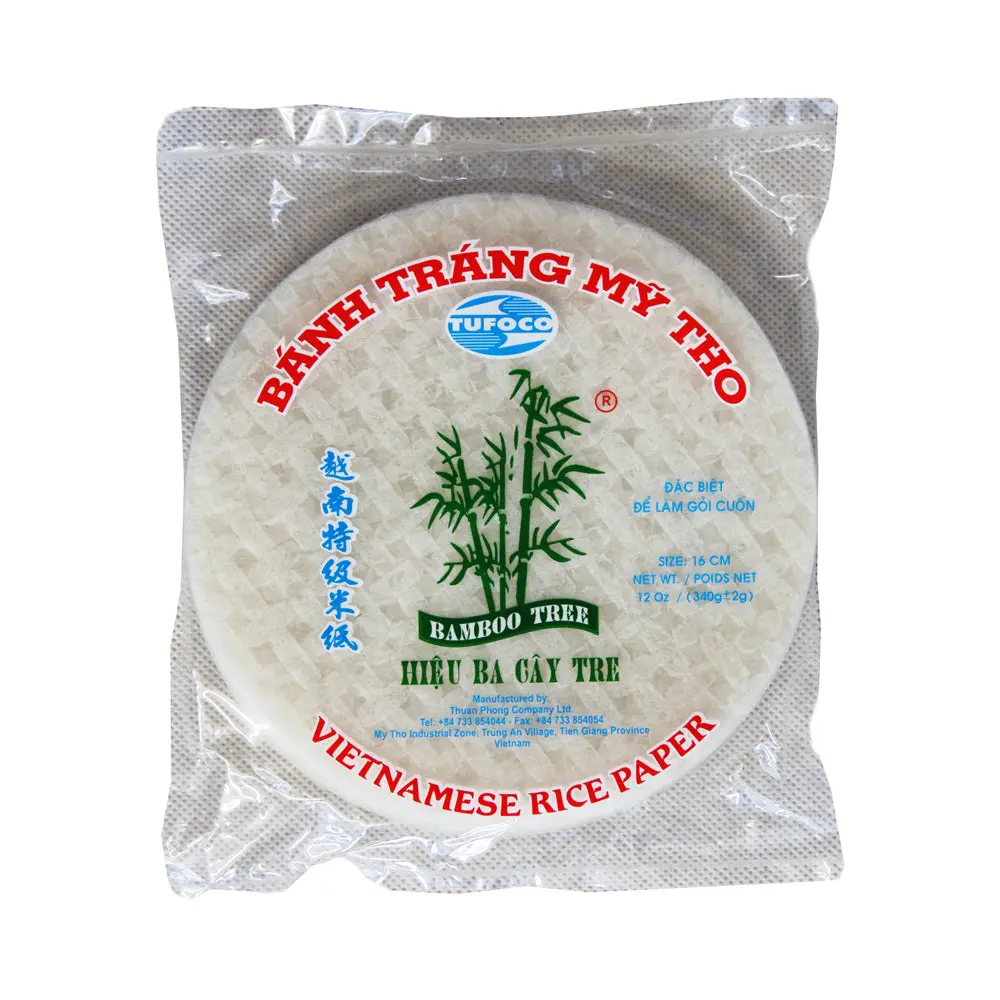
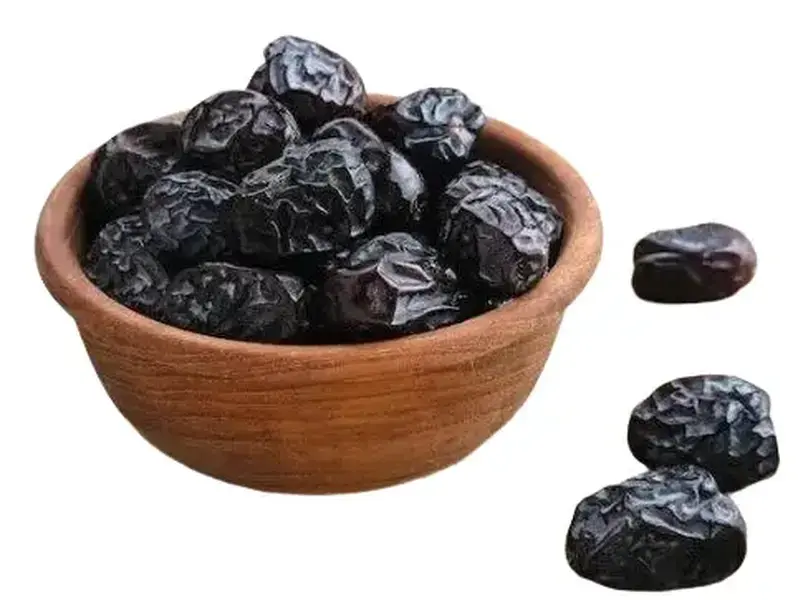
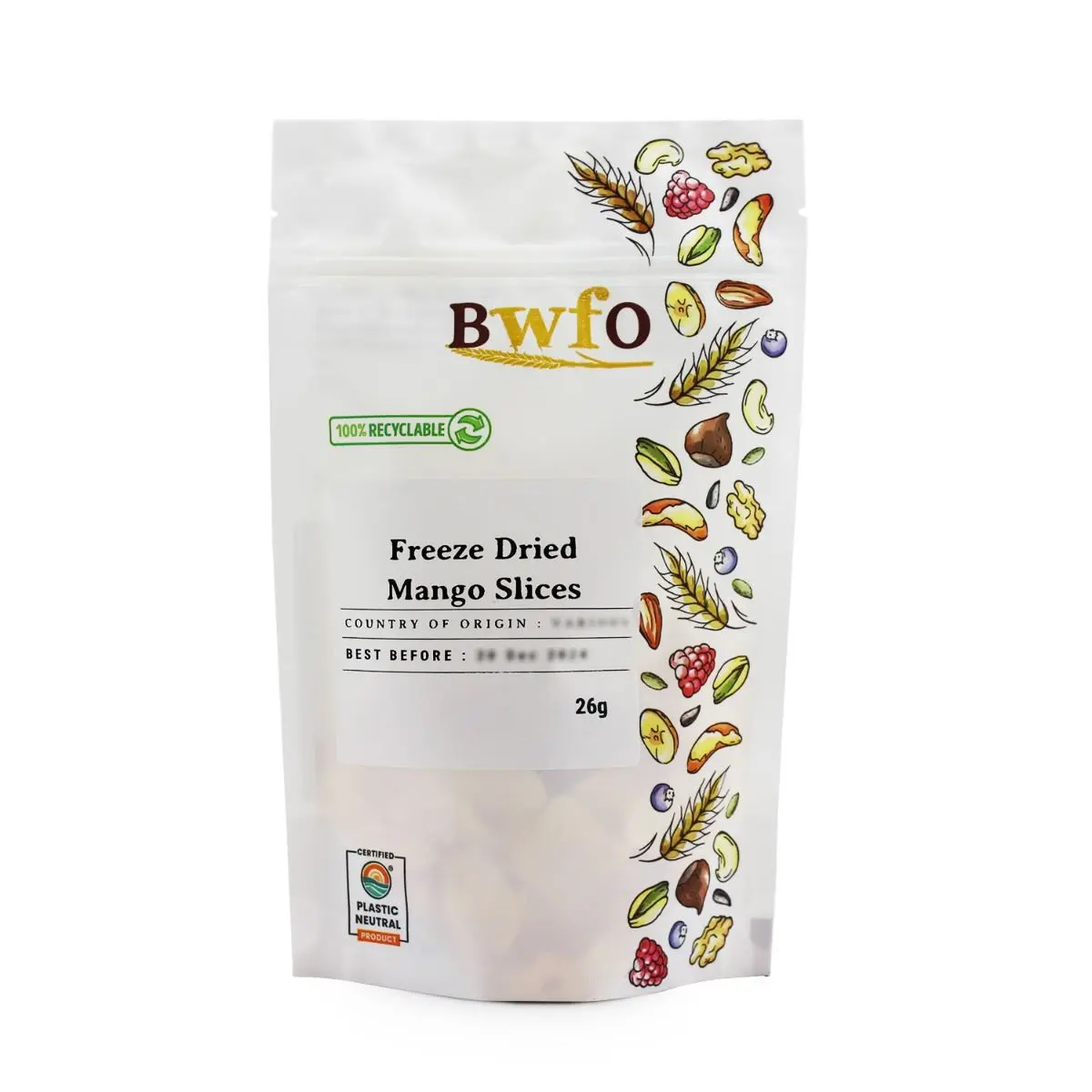
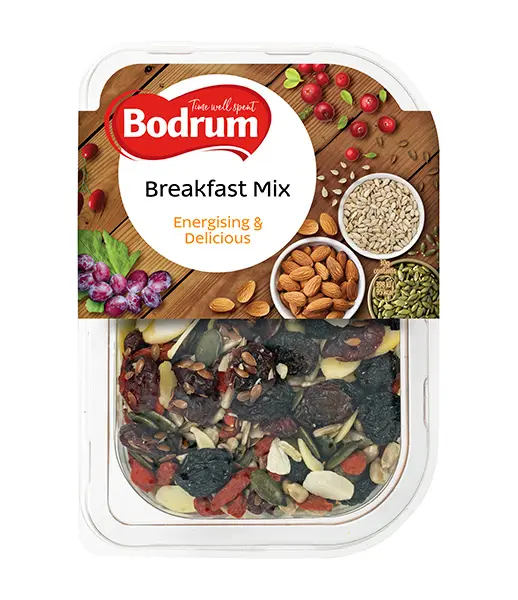
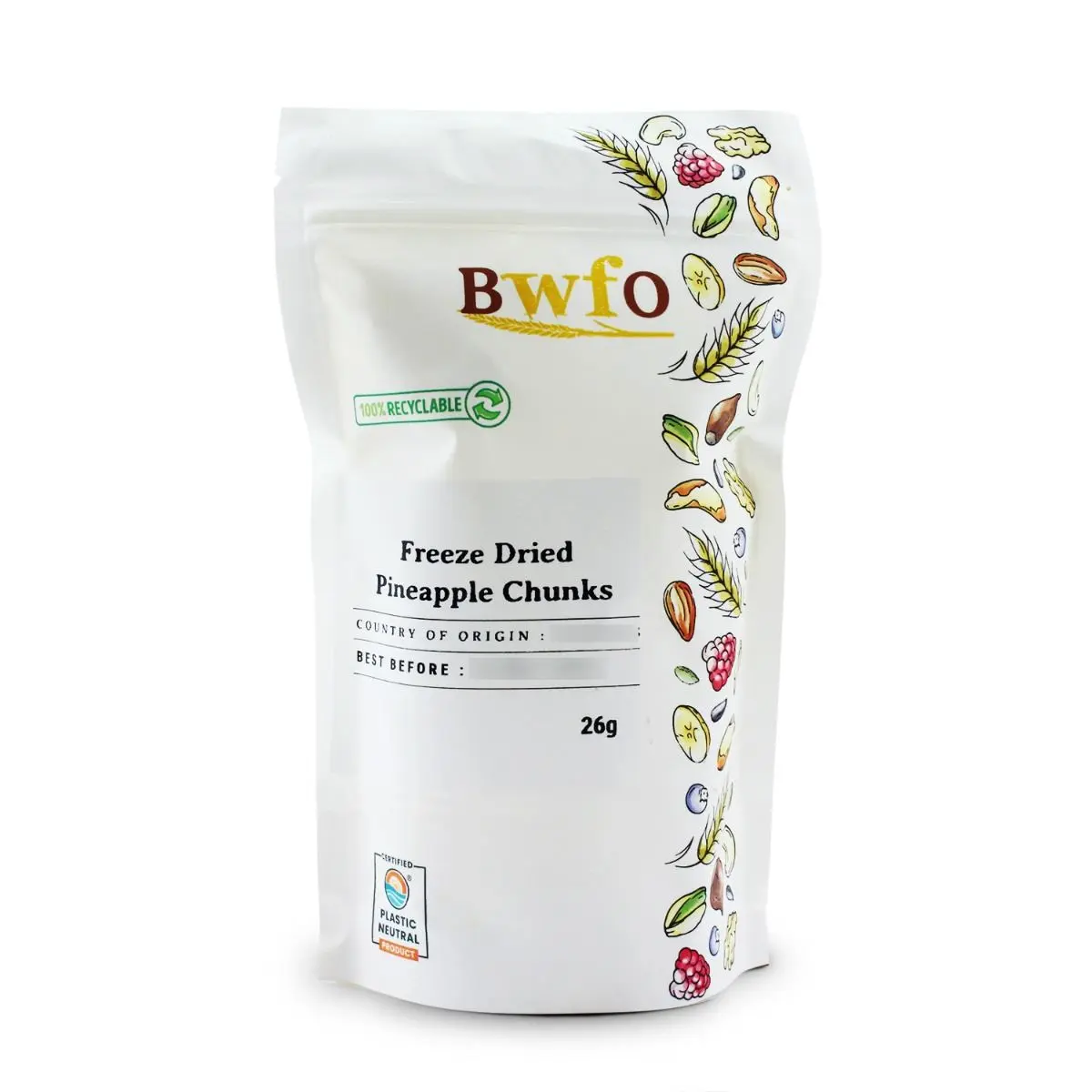

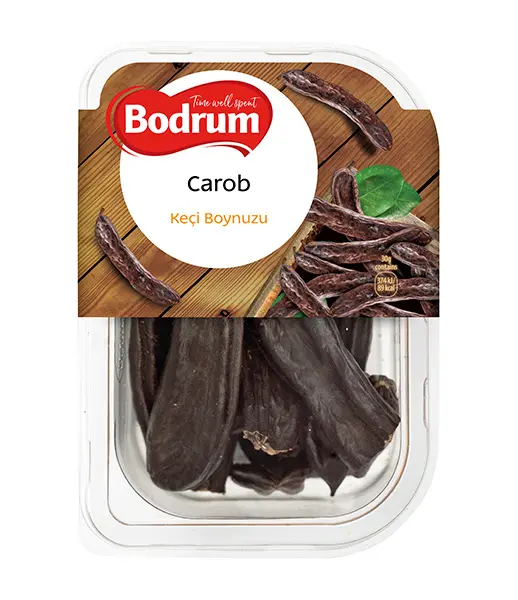
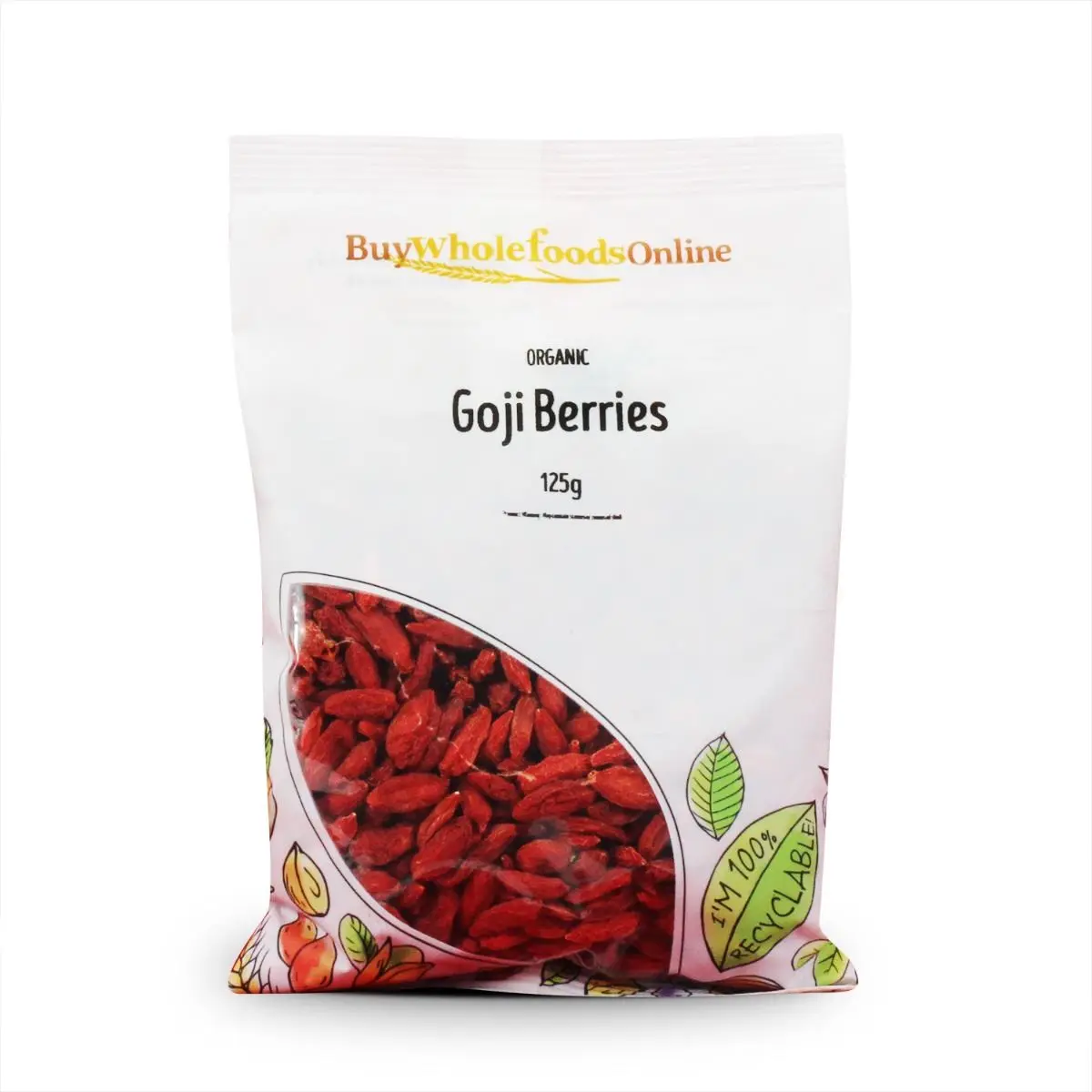
No more products
Open TikTok

